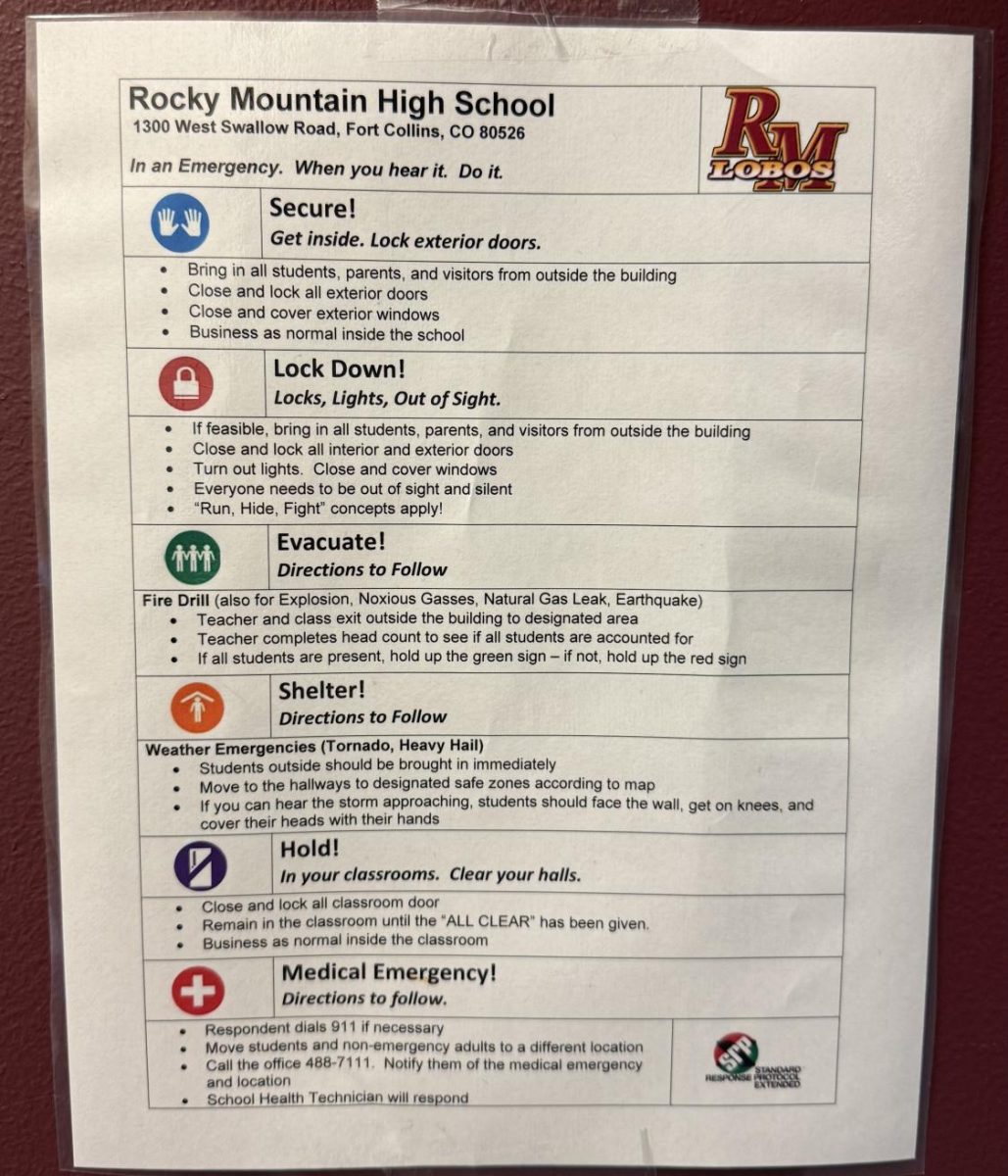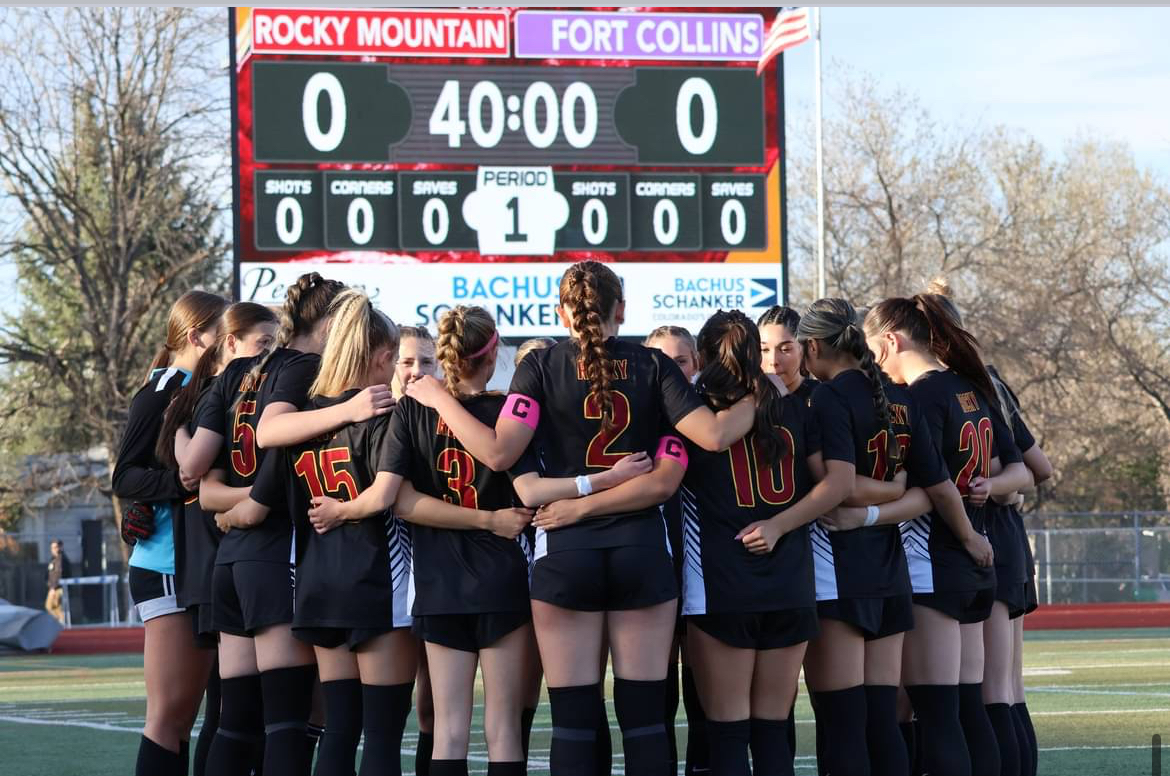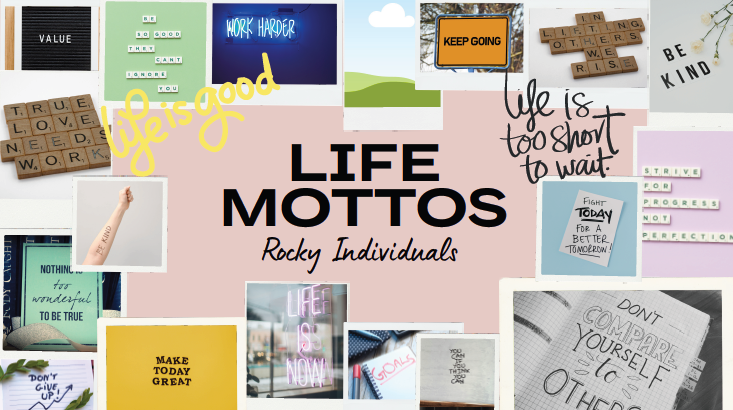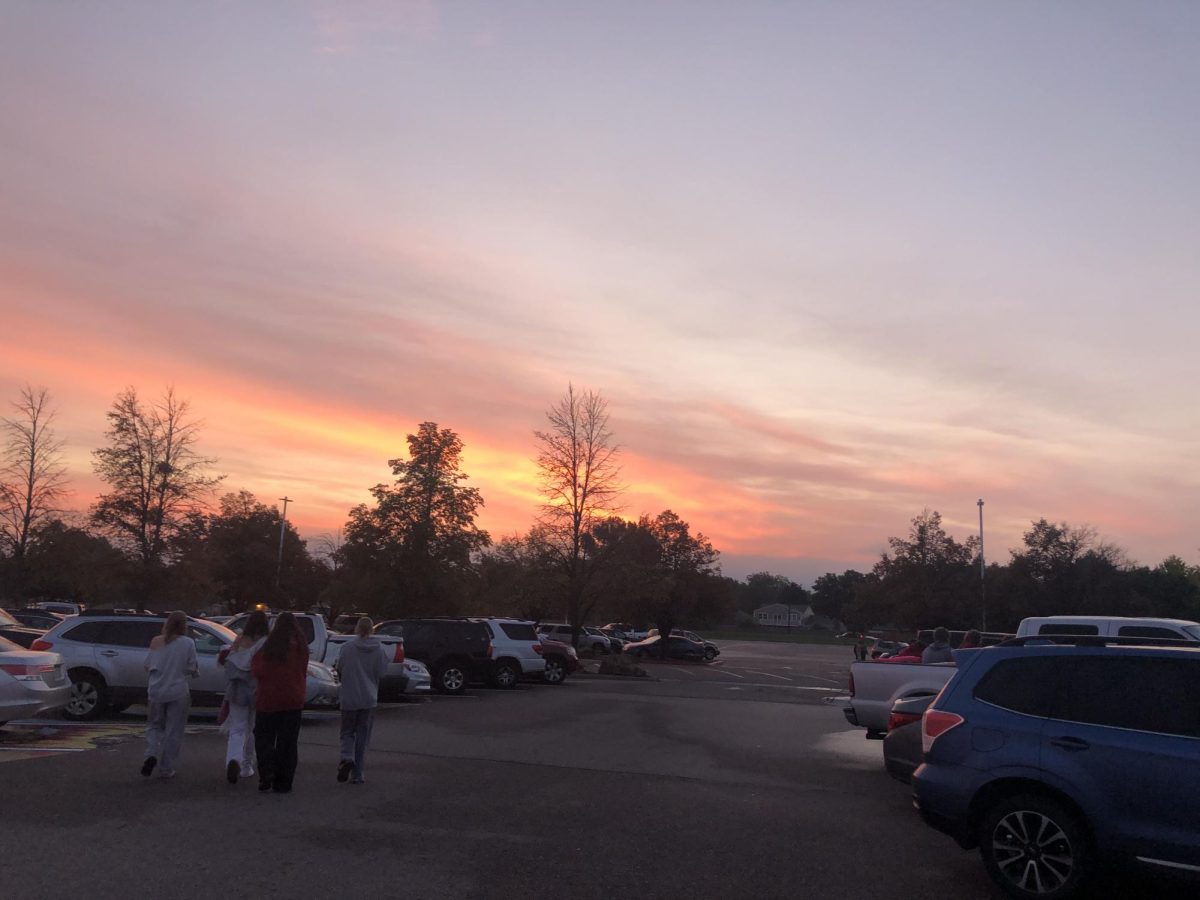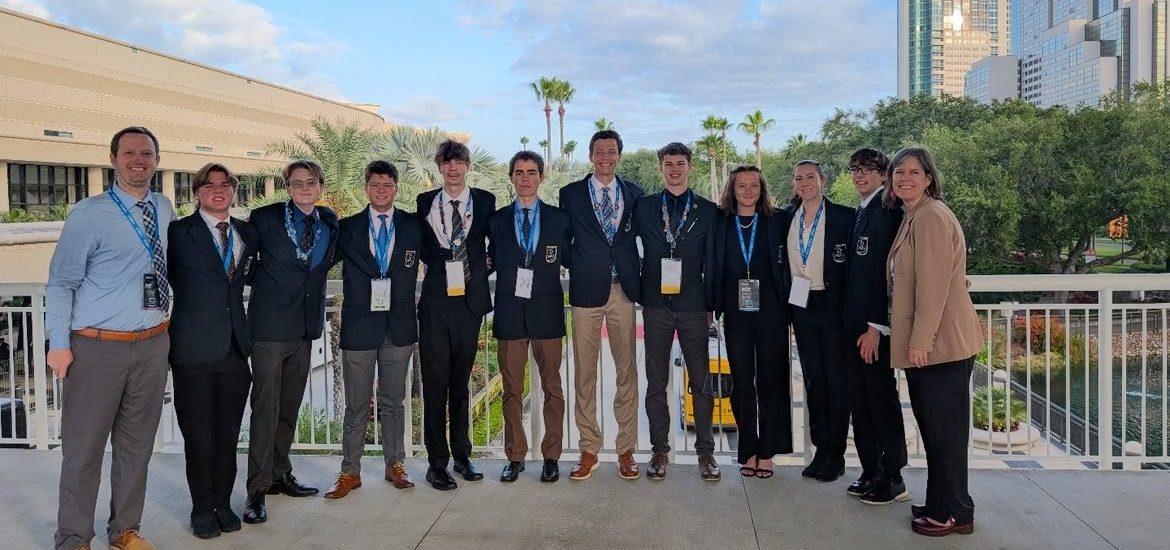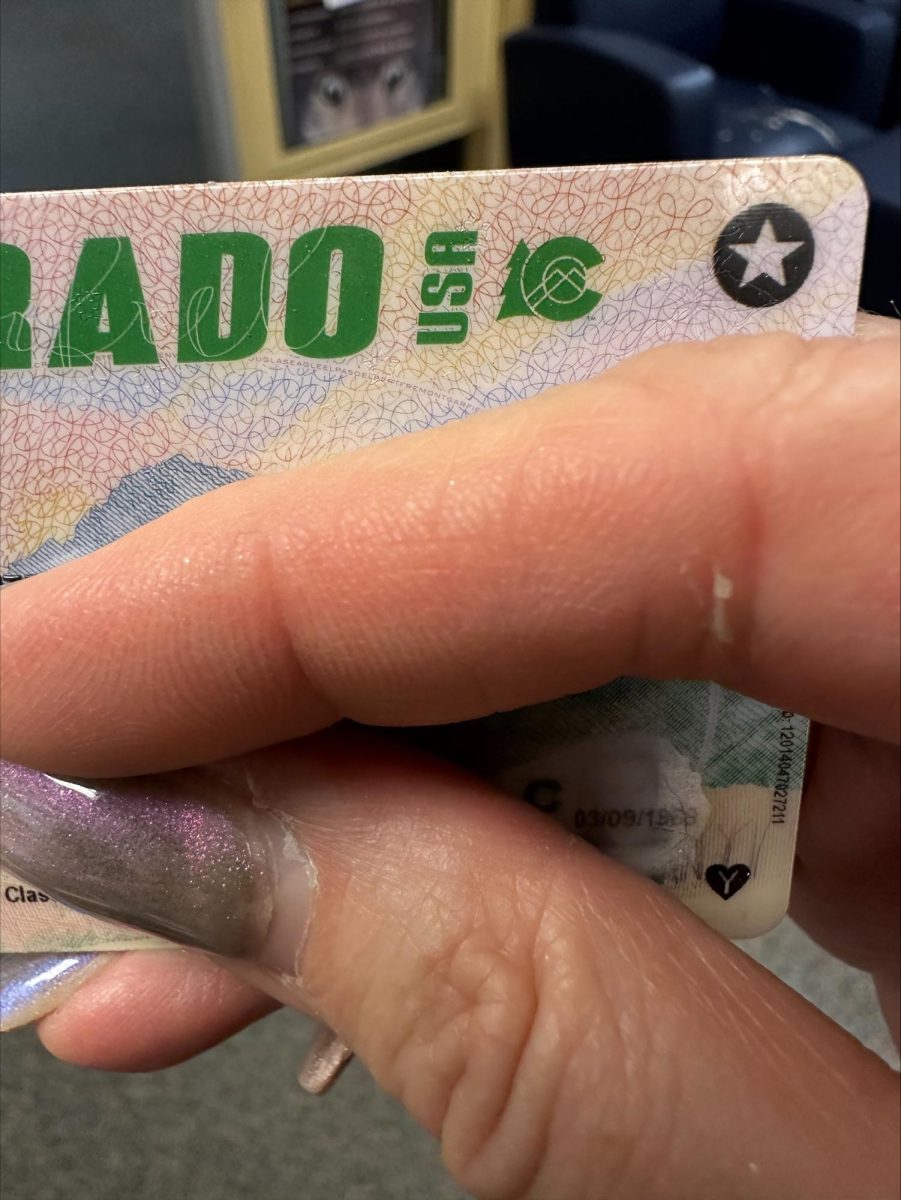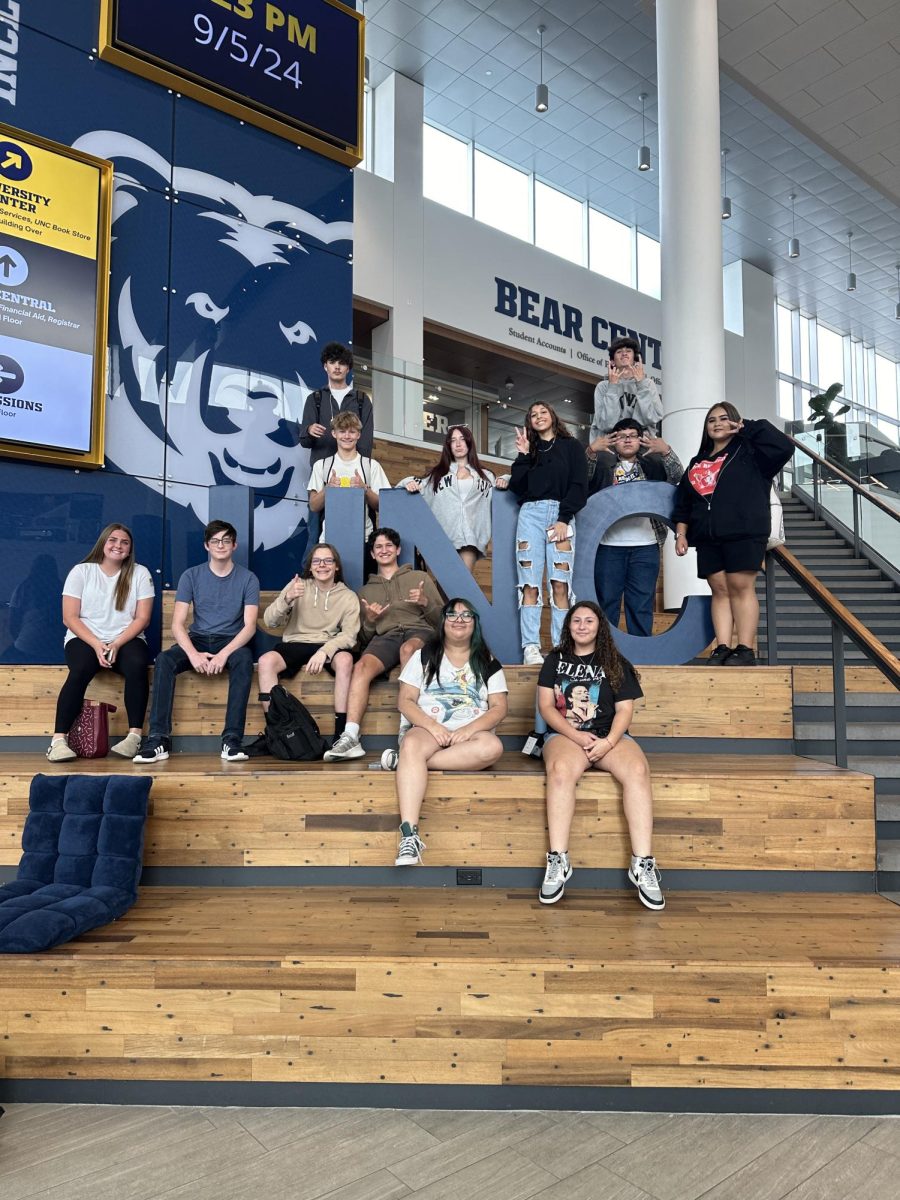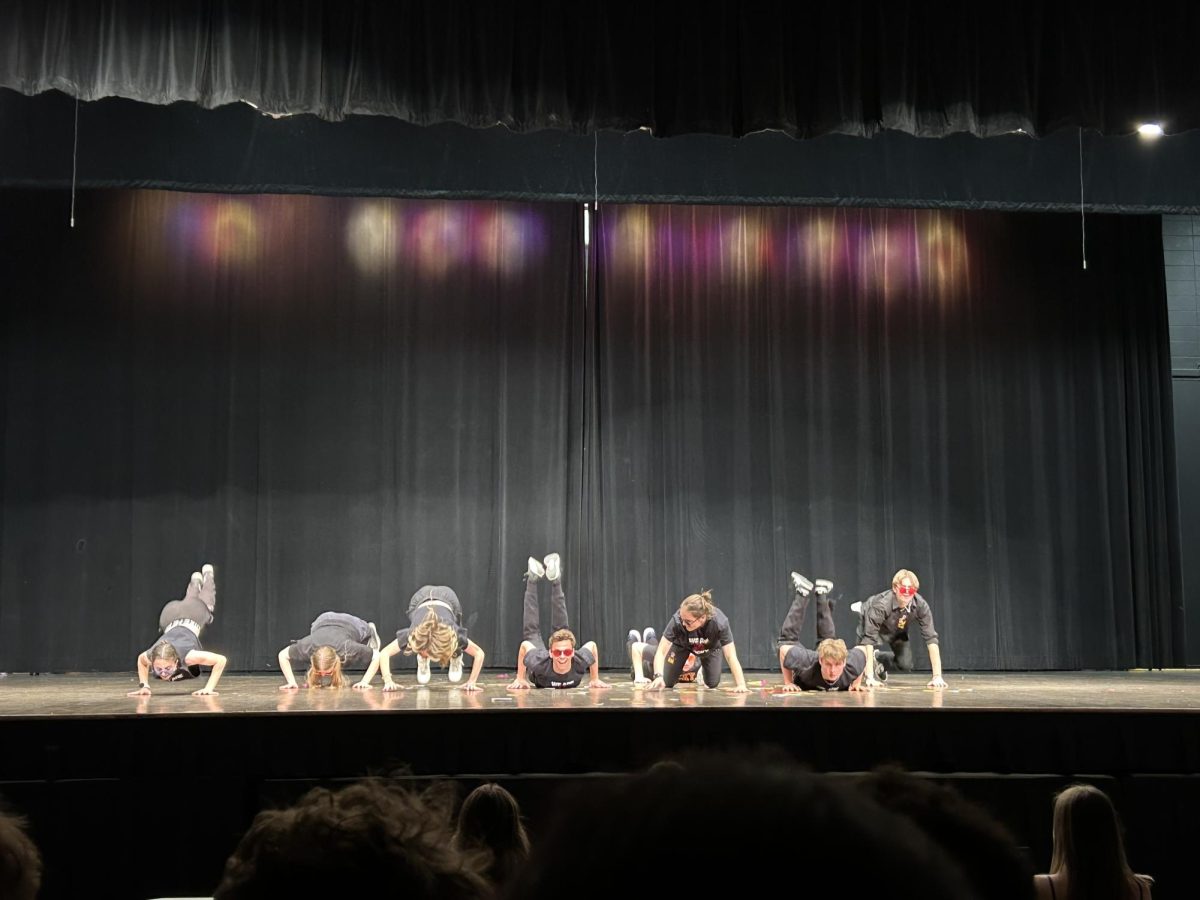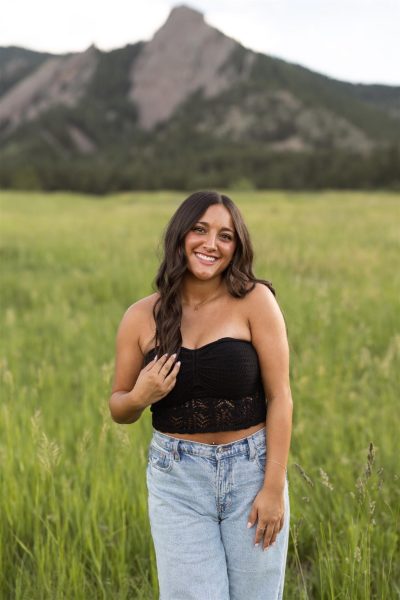Feeling safe at school isn’t something most of us think about every day. However, with an increasing number of headlines about school violence and emergencies, safety has become one of the most important aspects of the school experience.
It’s not just about locked doors, security cameras, and alarms; it’s about how prepared we are, how we respond under pressure, and whether we feel supported and safe as students and teachers, both physically and emotionally. From drills and security measures to emotional support and awareness, safety in schools today isn’t just about preventing danger; it’s about learning how to live, learn, and feel safe in an unpredictable world.
When the fire alarm or lockdown alarm goes off at Rocky, most students don’t even flinch. Everyone knows the drill for evacuating: file outside, stand as far away from Rocky as possible, stand by, remain calm, and wait for the all-clear. The same goes for lockdowns. Lock the door, shut the blinds, hide, sit by the colored wall, and remain silent.
For us, it’s just part of the school routine. But with all the news stories about school violence, the school shooting at Evergreen High School here in Colorado, how prepared are we really? Stories of school shootings, like Evergreen High School, remind us that these scenarios aren’t just “what-ifs.” They’re the reason the drills exist in the first place.
When it comes to school safety, PSD says its goal is simple: make sure students, staff, and families feel as safe as possible. While no one can guarantee that emergencies won’t happen, PSD has built a layered system to prepare for, respond to, and recover from various situations, ranging from natural disasters to school violence.
We’ve already had two fire drills and one lockdown drill this quarter. Lockdown drills are quarterly, and fire drills are monthly. Administrators say these are required by state law and are meant to keep us prepared. For students, the drills can feel repetitive. It’s easy to see why. Repetition can desensitize students, making drills seem less and less urgent.
During drills, emotions can be all over the place. Some students treat them casually, whispering with friends or sneaking a look at their phone. Others sit quietly, possibly imagining the worst. Most of us try to act calm and quiet, but deep down, there’s always the unspoken thought of: “What if this wasn’t a drill?”
To get a teacher’s perspective on how these drills feel in the moment, I spoke with Ms. Brianna Rumley, who shared how her own experience during a false alarm changed the way she views the drills. When asked if it ever crosses her mind that a drill could become real, she said, “Genuinely, I’m grateful for them because I was here when we had the false alarm, and there were so many kids in classrooms by themselves who didn’t know what to do. I remember when that false alarm happened, feeling no doubt in my mind that it was happening and that it was real. So I wish that teachers and students would take it more seriously because we do what we practice when we’re scared,” Mrs. Rumley shared.
She explained to me how heartbreaking it is to even think about the drills ever becoming real, but that’s exactly why they matter. As much as we hope we’ll never need them, they’re important for all the wrong reasons.
The drills are practice. The goal is to train students and staff to react calmly and correctly in the moment. When an emergency actually happens, those seconds count. Students need to know that safety isn’t just about running out of the building or locking doors. Staff and students are trained according to PSD protocols, including the use of locks, lights, and out-of-sight procedures.
Students have been through years of drills, and sometimes it feels like just another box on the to-do list. But I think most of us do wonder if we’re actually ready.
School safety doesn’t just depend on teachers, administrators, alarms, or drills; it also depends on students. One of the most important tools we have is Safe2Tell, an anonymous reporting system available across Colorado. Safe2Tell allows anyone to report concerns about bullying, threats, violence, or even a student struggling with their mental health. Reports are sent to local law enforcement and school officials, who can step in before a situation escalates.
Teachers at Rocky say they encourage students to take Safe2Tell seriously. If you hear or see something that doesn’t feel right, reporting it could prevent something dangerous from happening. It’s not about getting someone in trouble; it’s about keeping people safe. Safe2Tell is a part of the “See Something, Say Something” system in PSD. Many Colorado schools print the Safe2Tell contact and information on the backs of students’ ID cards, which makes the program more visible and accessible to students.
At the end of the day, no one wants to think about the “what-ifs.” But being prepared doesn’t mean living in fear; it means taking safety seriously so that, if the unthinkable ever happens, we know what to do. Whether it’s practicing a lockdown, reporting a concern through Safe2Tell, or simply looking out for one another, safety is something everyone at Rocky plays a part in. The drills may feel routine, but the purpose behind them couldn’t be more real: keeping each other safe.


